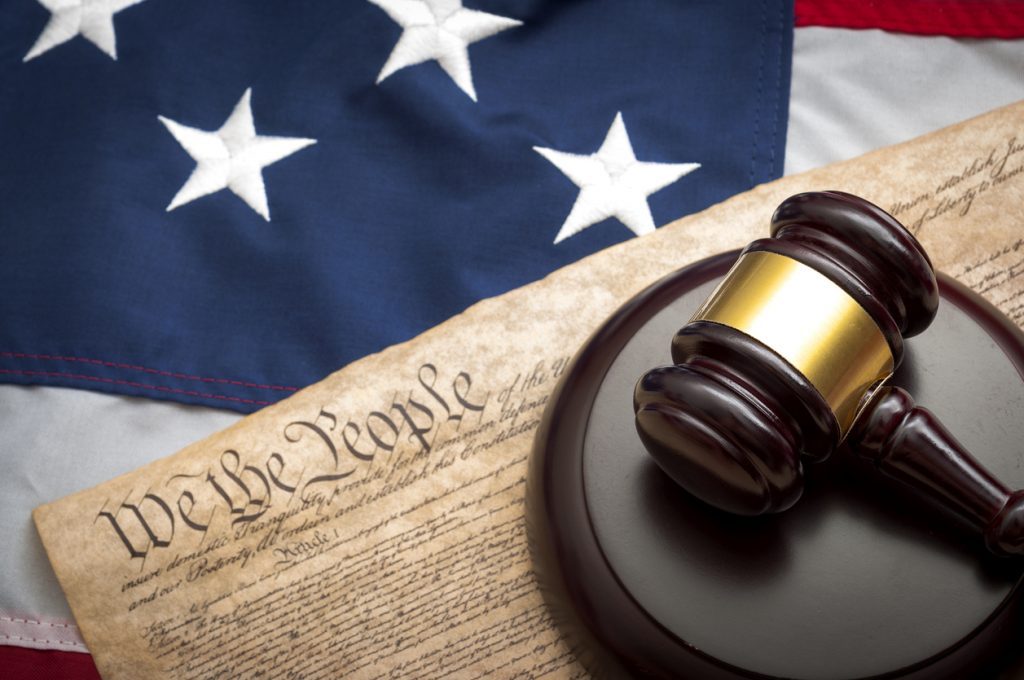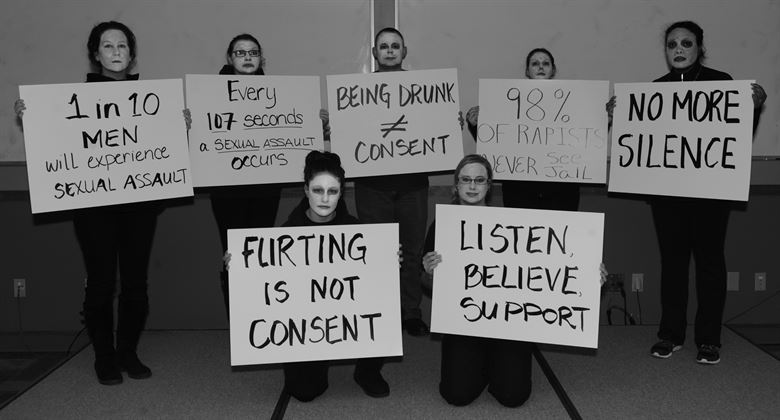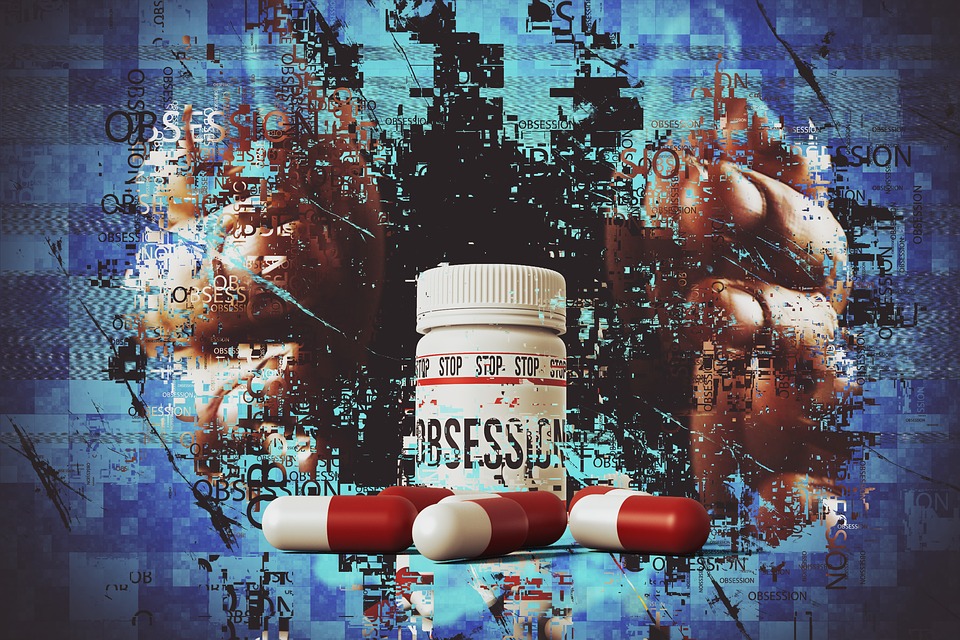A youthful offender is defined as a person who is between the ages of 16 and 19 years of age (16,17,18 and not yet 19) at the time they commit a crime. It is designed to give the young offender an opportunity to have a criminal conviction converted to a non-criminal determination of youthful offender.
The youthful offender process begins when a youth who falls within the age category comes before a court for arraignment. The arraigning court, usually a local criminal court, must make a preliminary determination that the defendant is an “Apparently Eligible Youth”. Once this initial determination is made, all proceedings, including the arraignment, are closed to the public and no releases of the arrest or court proceedings may be disclosed to the public, including the press.
The final youthful offender determination is not made until after there has been a conviction of a crime, either by plea or trial. Upon a judicial determination that a youthful offender finding is appropriate based on the law and the particular circumstances of the violator, all records of the arrest and proceedings are sealed and no longer subject to public scrutiny or inspection, effectively shielding from any facts showing the criminal conviction ever occurred.
Once a defendant has been granted youthful offender status, their criminal record is sealed and may not be unsealed without the approval of the party or on an order of a court. This order is not granted lightly. Effectively the defendant’s criminal record of this particular incident ceases to exist. The youthful offender if asked if they have ever been convicted of a crime can, as to this particular incident, answer “no”. The criminal conviction has been converted to a youthful offender determination.
Apparently eligible youth: All youths arrested for crimes are eligible for youthful offender treatment unless:
- The crime charged is a felony
- They have previously been convicted of a crime or previously adjudicated a youthful offender
Practically speaking, a youth being arraigned on a felony is not by definition an apparently eligible youth, and the arraignment and all pre-trial matters and trial are not closed to the public and press. This is true even though the youth may be adjudicated a youthful offender, after conviction, at sentencing. All felony youthful offender determinations are discretionary on the trial court and therefore are not sealed from commencement of the criminal process.
On the other hand, youths charged with misdemeanors are initially designated apparently eligible youths, and presumed to be mandatory youthful offender eligible. The misdemeanor arraignment process and all subsequent pre-trial proceedings and trial are closed to the public including the press. Again it is important for the defense attorney to know the rules to protect their client from public disclosure.
Youths accused with vehicle and traffic misdemeanors (i.e. DWI, AUO, reckless driving), are apparently eligible youths and these proceedings are closed. This important fact is frequently overlooked.
A party charged with a petty offense (V&T infractions and violations) are never entitled to youthful offender adjudication so these proceedings are never sealed to the public for outhful offender consideration.
Mandatory and discretionary youthful offender: The distinguishing elements between mandatory and discretionary youthful offender are important and should be known to all attorneys practicing in criminal court to protect their client’s right to have a criminal conviction expunged.
- Mandatory youthful offender: Youths who fall within the age categories who are charged with all misdemeanors are required to be treated by the court as apparently eligible youths. All proceedings are closed to the public . This is true even in matters where the court may later determine that the accused, due to their prior record, is not entitled to youthful offender determination.
- Discretionary youthful offender: Youths who fall within the youthful offender age category who are charged with most felonies or has previously been convicted of a crime (misdemeanor or felony) or has previously been adjudicated a youthful offender are eligible to be treated as youthful offenders, however this treatment is entirely discretionary on the sentencing court.







